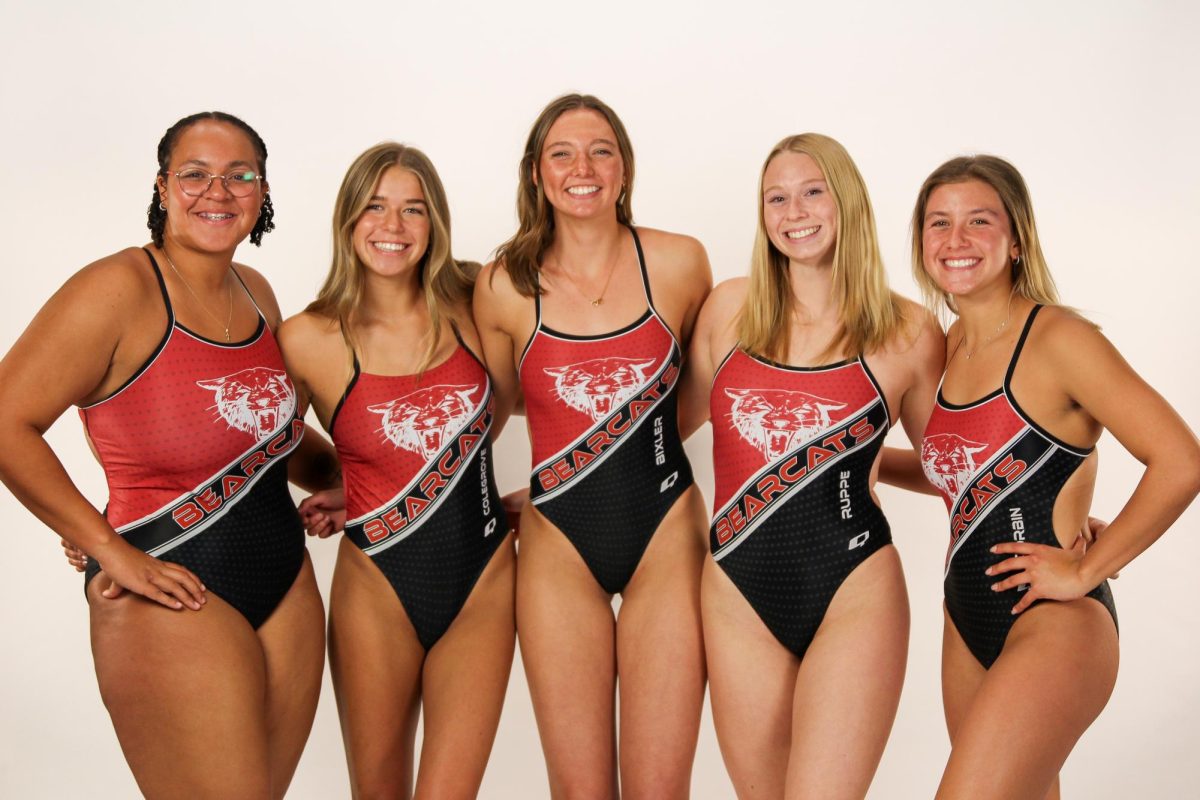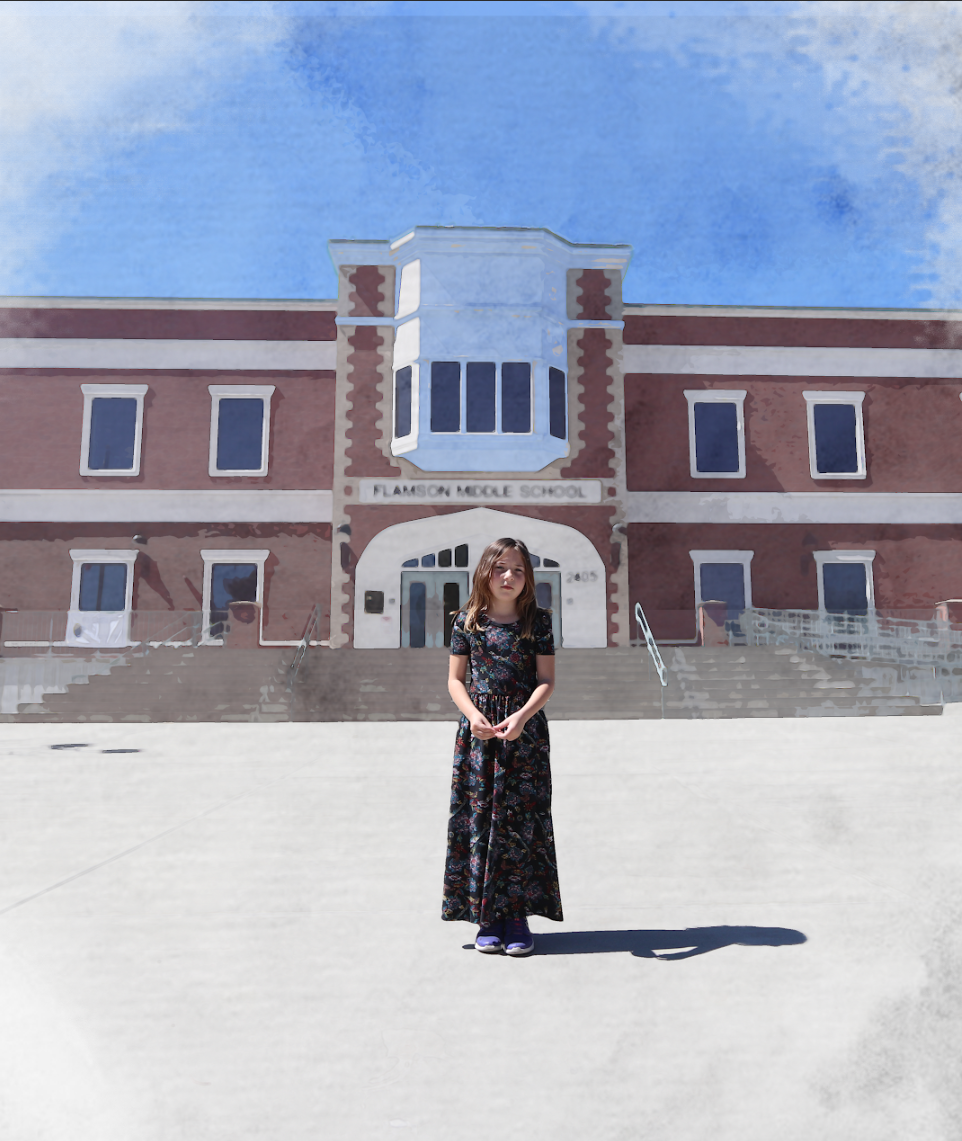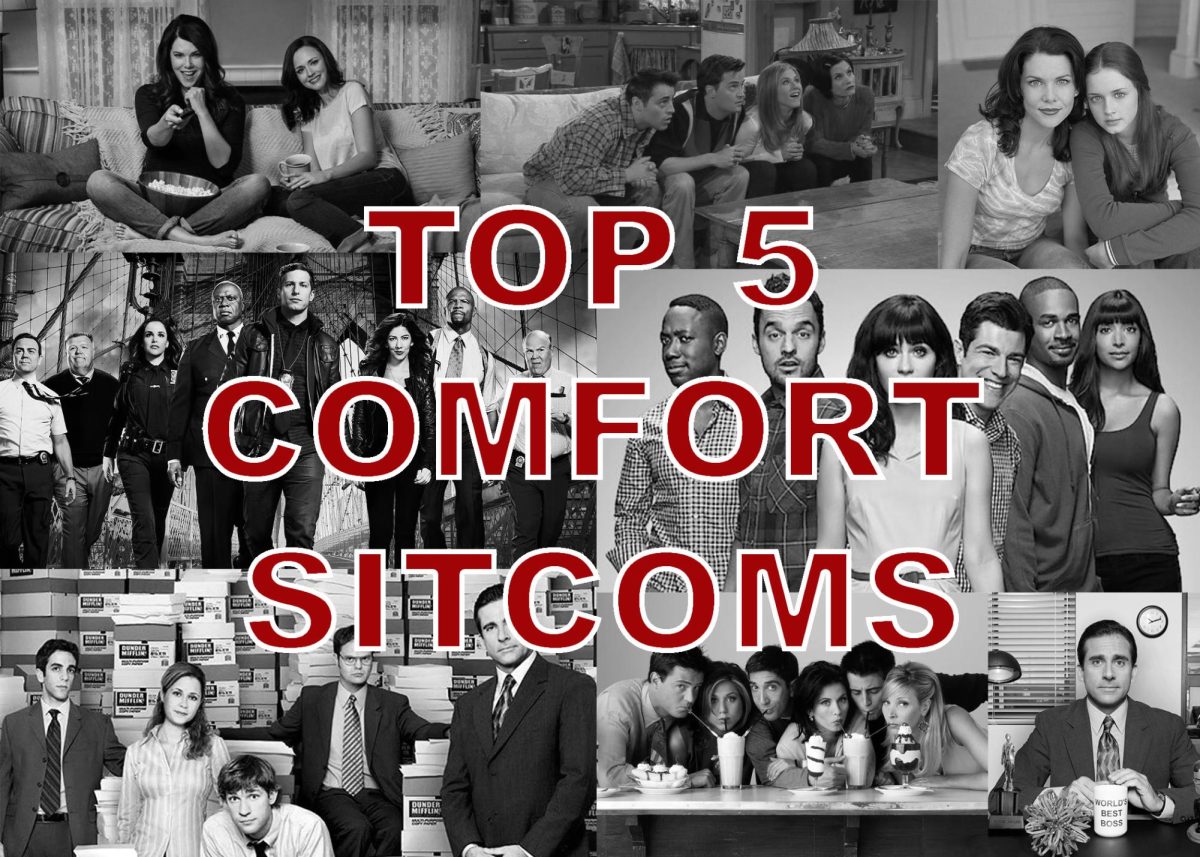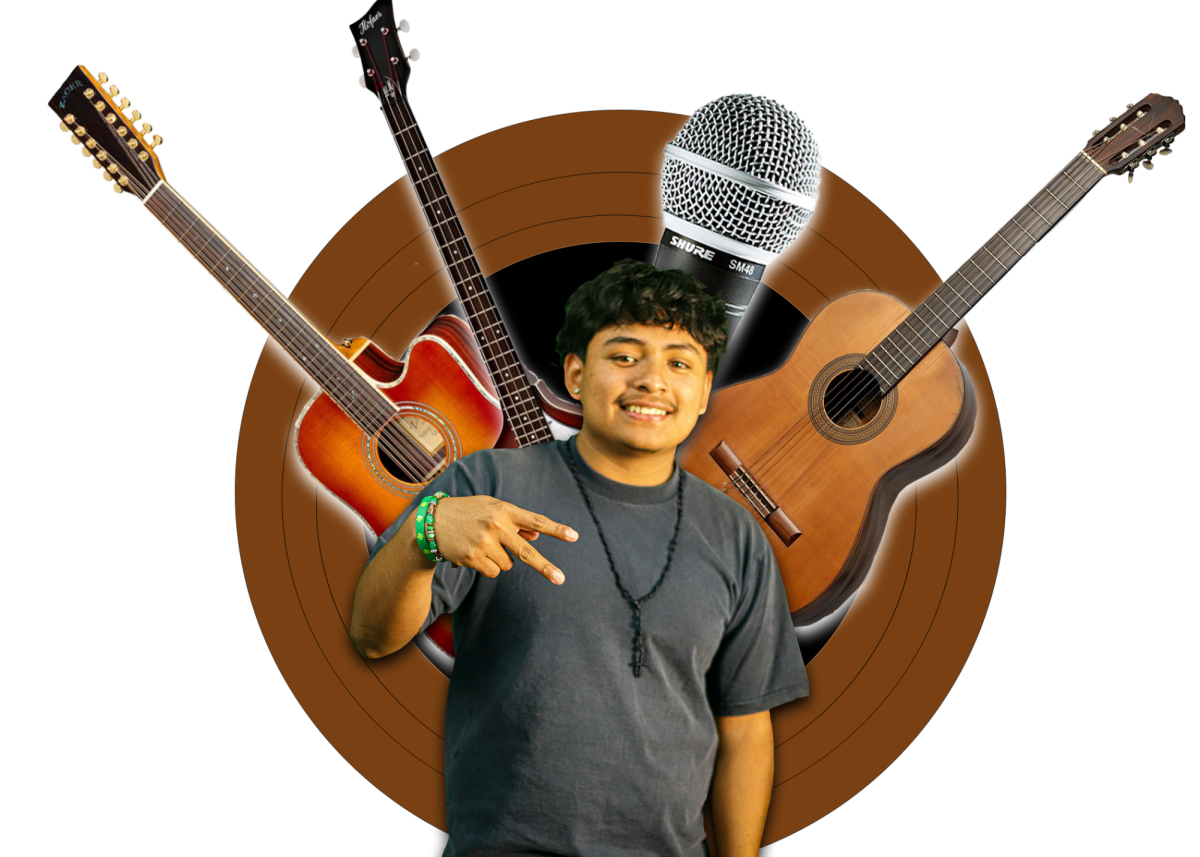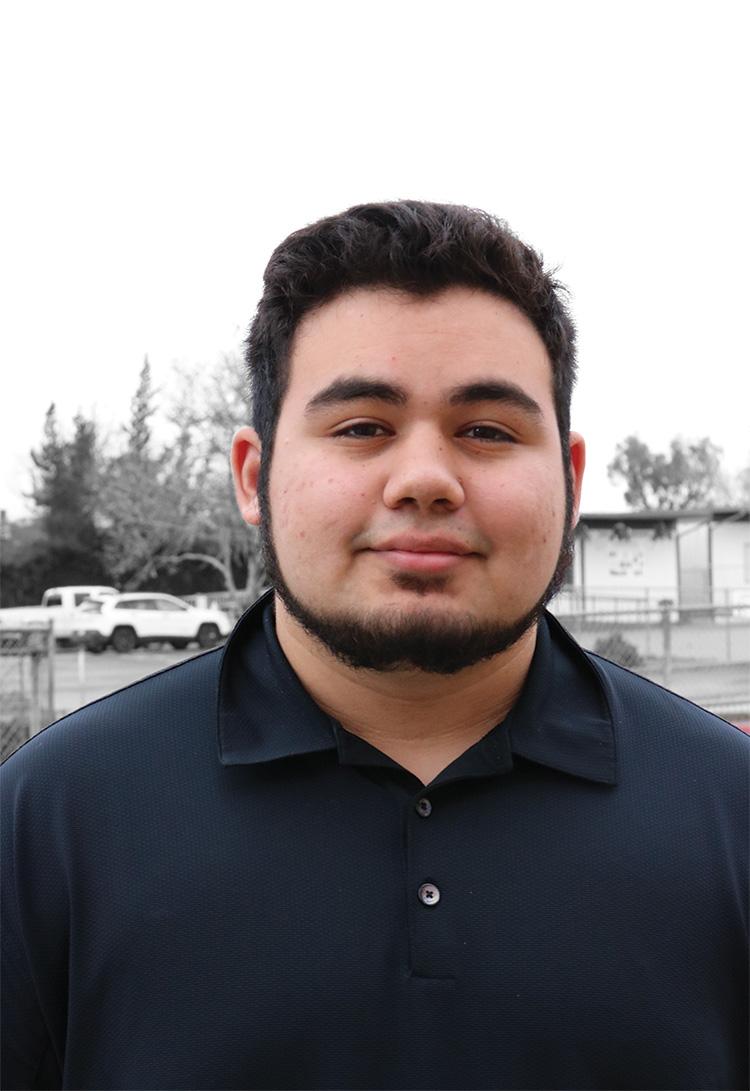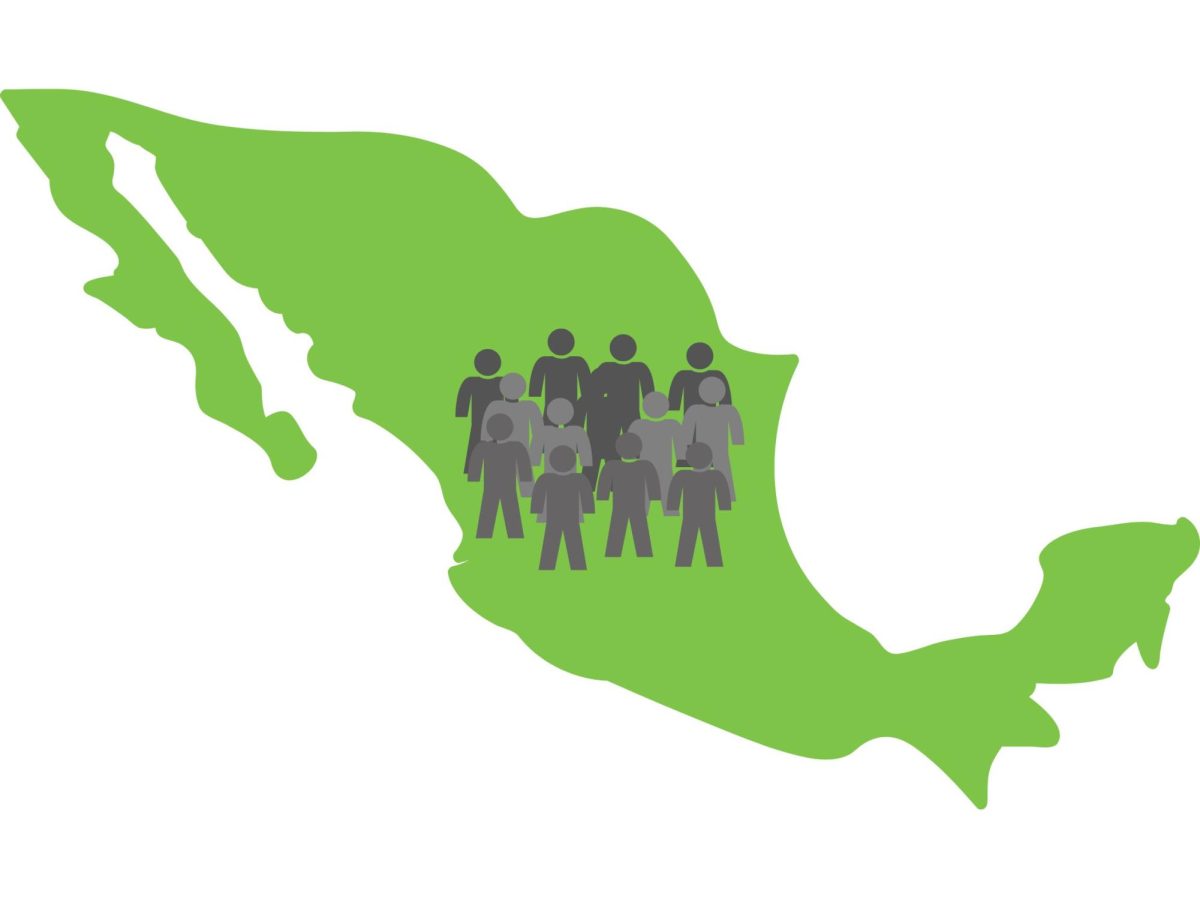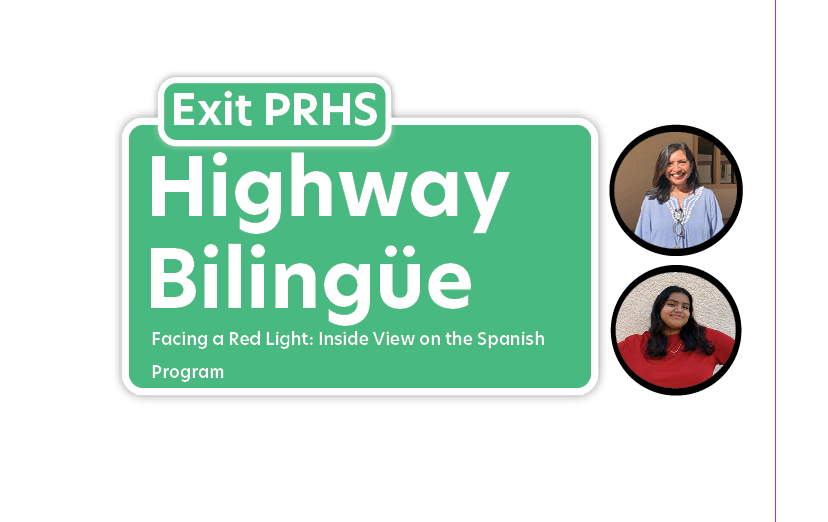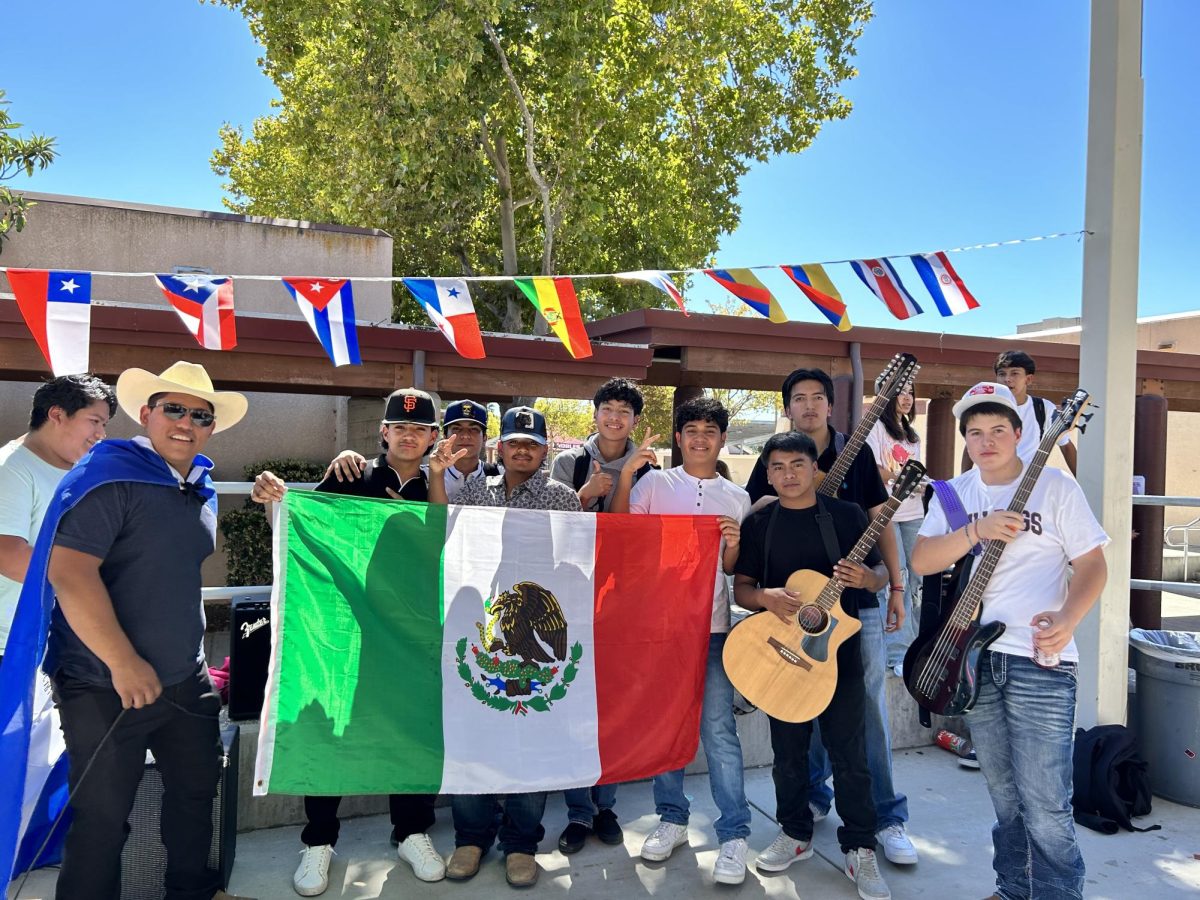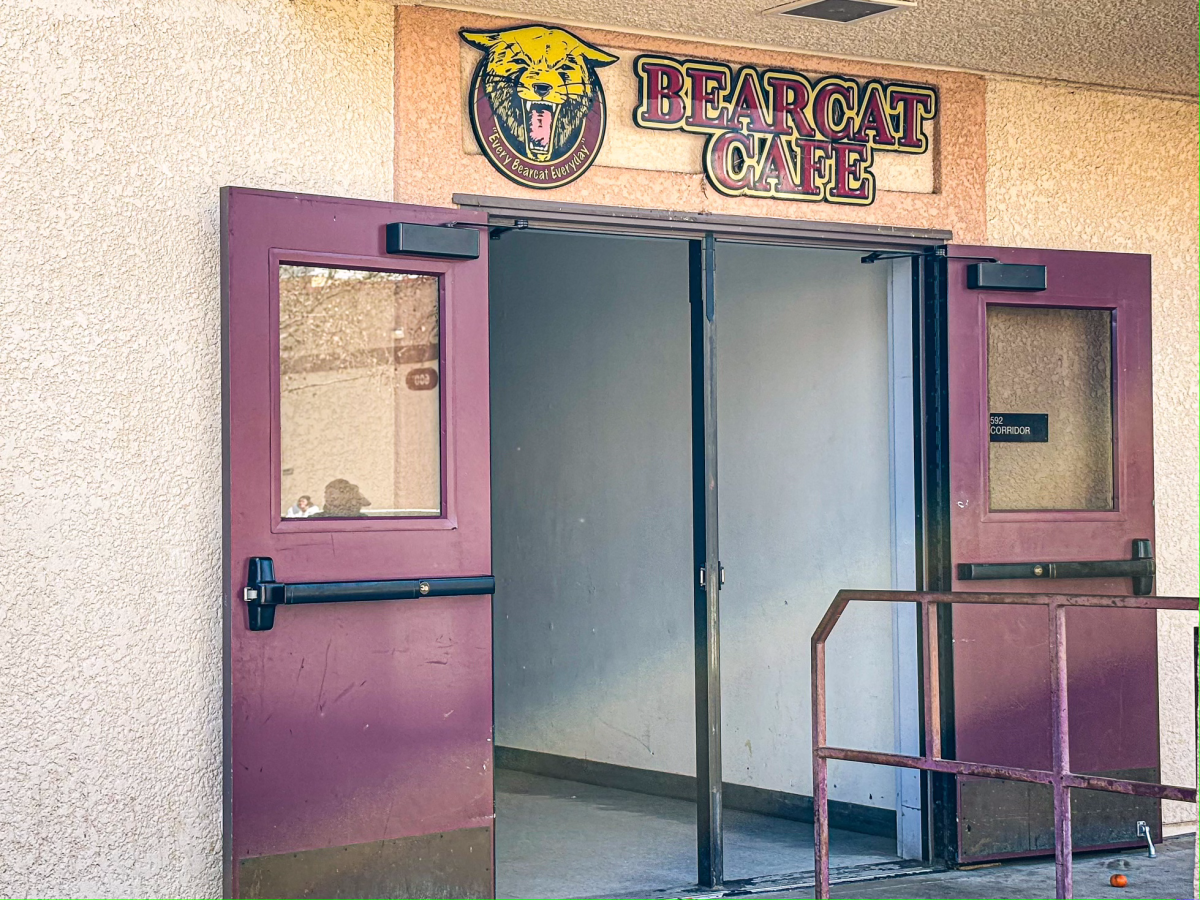[cbtabs][cbtab title=”Spanish”]
Hollywood ramifica hacia fuera y expande actuando y dirigiendo en oportunidades para las personas de color en los proyectos del futuro
El año pasado en enero, el 2016 no fue apagado el mejor comienzo en términos de representación. Se produjo una controversia en las redes sociales por la falta de gente de color (GDC) en los Premios de la Academia bajo el hashtag “#OscarsSoWhite.”
La falta de diversidad en Hollywood fue “más de una crisis de inserción,” según un estudio realizado por la Universidad de California del Sur. Las minorías fueron negando oportunidades antes de de tenor una oportunidad de probar. “Siete por ciento de películas tuvo un elenco cuyo balance de raza y etnicidad refleja la diversidad del país,” informó el informe de USC.
El fin de 2015 con “Star Wars: The Force Awakens” dio al público un más diverso elenco, protagonizado por John Boyega, un afroamericano, como Finn, Oscar Isaac, un Guatemalteco-Americano, como Poe. Ambos desempeñan un papel grande en la trilogía final. Star Wars ha comenzado a allanar el camino a un Hollywood más diverso.
Aunque 2015 dio una nueva luz para el próximo año, 2016 todavía careció de representación para la mayoría del año.
Disney anunció “Moana“, la historia de una muchacha joven y de espíritu libre Polinesia en una búsqueda para terminar el viaje de sus antepasados, en octubre de 2015. Fue creado para estar en los cines en noviembre del año siguiente. Había estrellado Auli’i Cravalho, una nativa hawaiana, como Moana, y Dwayne Johnson como Maui.
“Estaba un poco recelosos de [‘Moana’], porque creo que cuando alguien piensa en alguien hacer una película inspirada en su cultura, ellos quieren que sea bien hecho,” Cravalho dijo en una entrevista con LRM Online.
Una segunda película de Disney, “Queen of Katwe,” fue lanzada en septiembre del año pasado. Madina Nalwanga desempeñó el papel de Phiona Mutesi, una niña africana que viven en los barrios pobres de Uganda. La película fue dirigida por Mira Nair, un cineasta india americana, conocido por sus anteriores películas como la Monsoon Wedding y Mississippi Masala.
Otros proyectos futuros incluyen “El Cascanueces”, en teatros en 2018 y protagonizada por Morgan Freeman, una adaptación musical de “Oliver Twist”, con Ice Cube como Fagin y una nueva versión de “Black Panther” de Marvel protagonizada por Chadwick Boseman, también para 2018.
Jesenia Stanko, un estudiante de segundo año en PRHS, habló sobre cómo es importante representación en los medios de comunicación.
“Creo que es importante representar gente de color sin estereotipos, puesto que los jóvenes están creciendo y viendo la televisión; que ya están siendo influenciados por lo que ven, así que es importante retratar a GDC como que deben ser interpretados. Como la gente.” Stanko dijo.
Las minorías nunca han tenido lo fácil en los Ángeles. America Ferrera, un hondureña americana y protagonista de “Ugly Betty” y la voz de Astrid en “How to Train Your Dragon”, dijo en una entrevista para New York Times en febrero pasado sobre la cuestión de la representación en los medios de comunicación. “¿Qué haces cuando alguien dice, ‘el color de la piel es no lo que estamos buscando'”, dijo Ferrera.
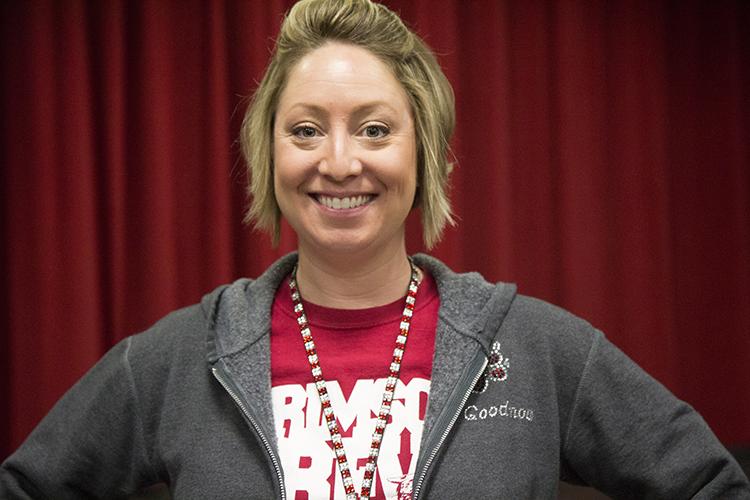
Diversidad en Hollywood es una cosa, pero las Artes son otro tema. Maestra de drama Marcy Goodnow habló sobre cómo Broadway siempre ha sido diverso debido a la cultura de la que proviene
“Nueva York y Broadway el teatro ha sido diverso porque muchos inmigrantes vienen a través de Ellis Island y su familia se instaló en Nueva York y sus alrededores,” dijo Goodnow, “especialmente ahora casting consciente busca para incluir todas las culturas sin importar cómo fue escrito el show o que ‘debería’ estar jugando un papel particular. Hamilton tiene diferentes culturas jugando blanco personajes históricos. Yo personalmente he visto al teatro desafiar al público a ver personajes en historias para quienes no son, lo que parecen.”
El esfuerzo para representar GDC más en los medios de comunicación se ha convertido en más consciente en los últimos años y sigue siendo un problema apremiante en la sociedad actual.
“Todo el mundo ahora crece viendo televisión y películas. Si no estamos representando a gente de color, la gente que importa y describiéndoles cómo deben ser retratados, entonces cómo van nuestros jóvenes a imaginarlos?” Stanko, dijo.
[/cbtab][cbtab title=”English”]
Hollywood branches out and expands acting and directing opportunities for POC in future projects
Last January, 2016 was not off to the best start in terms of representation. A controversy sprung up on social media about the lack of people of color (POC) at the Academy Awards under the hashtag “#OscarsSoWhite.”
The lack of diversity in Hollywood was “more of an inclusion crisis,” according to a study conducted by the University of Southern California. Minorities were being denied opportunities before they were even given a chance to try. “Seven percent of films had a cast whose balance of race and ethnicity reflected the country’s diversity,” read USC’s report.
The end of 2015 with “Star Wars: The Force Awakens” gave the public a more diverse cast, starring John Boyega, an African-American, as Finn, and Oscar Isaac, a Guatemalan-American, as Poe. Both play large roles in the final trilogy. Star Wars has begun to pave the way to a more diverse Hollywood.
Although 2015 gave a new light to the upcoming year, 2016 still lacked representation for the majority of the year.
Disney announced “Moana,” the story of a young and free-spirited Polynesian girl in quest to finish her ancestors journey, in October 2015. It was set to be in theatres in November of the following year. It starred Auli’i Cravalho, a native Hawaiian, as Moana, and Dwayne Johnson as Maui.
“I was a bit wary of [‘Moana’], because I think when anyone thinks of someone making a film inspired by their culture, they want it to be done right,” Cravalho said in an interview with LRM Online.
A second Disney movie, “Queen of Katwe,” was released in September of last year. Madina Nalwanga played the role of Phiona Mutesi, an African girl living in the slums of Uganda. The film was directed by Mira Nair, an Indian American filmmaker, known for her earlier films such as Monsoon Wedding and Mississippi Masala.
Other future projects include “The Nutcracker,” set for 2018 and starring Morgan Freeman, a musical adaptation of “Oliver Twist” with Ice Cube as Fagin, and a remake of Marvel’s “Black Panther” starring Chadwick Boseman, also set for 2018.
Jesenia Stanko, a sophomore at PRHS, spoke about how representation in the media matters.
“I believe it’s important to represent people of color without stereotypes, since young people are growing up and watching TV; they’re already being influenced by what they see, so it’s important to portray POC as they should be portrayed. Like people.” Stanko said.
Minorities have never had it easy in L.A.. America Ferrera, a Honduran-American starring in “Ugly Betty” and voice of Astrid in “How to Train Your Dragon”, opened up to New York Times last February on the representation issue in the media.
“What do you do when someone says, ‘Your skin color is not what we’re looking for’?” said Ferrera.

Diversity in Hollywood is one thing, but the arts are another topic. Drama teacher Marcy Goodnow spoke about how Broadway has always been diverse because of the culture it came from.
“New York and Broadway theater has been diverse because many immigrants come through Ellis Island and their families settled in New York and the surrounding areas,” said Goodnow, “Especially now casting is consciously looking to include all cultures no matter how the show was written or who ‘should’ be playing a particular role. Hamilton has different cultures playing white historical characters. I have personally seen theater challenging audiences to see characters in stories for who they are not what they look like.”
The effort to represent more POC in the media has become more conscious in the past few years, and continues to be a pressing issue in today’s society.
“Everyone now grows up watching TV and movies. If we’re not representing people of color, people who matter, and portraying them how they should be portrayed, then how are our youth going to picture them?” Stanko said.
[/cbtab][/cbtabs]

